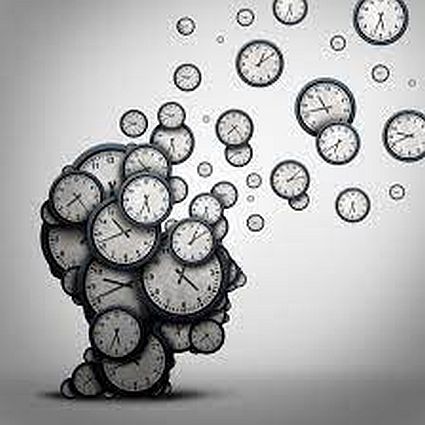When I started to write this post, I typed, “Is it a good use of their time?” Suddenly, I realized the mistake I was making. We are constantly making choices based on time. Often they are poor choices, though we usually don’t intend them to be so. Often unconscious, we just stop paying attention. But we attempt to make purposeful choices about how we invest our time This is what all the self-help books preach, and this is what we try to do to achieve our goals.
In reality, we should only be making choices, “Is this the best use of my time at this moment?” Implicitly, we are thinking, “Is there something more important I could be doing? Is this something that will help me move forward in achieving my goals? What do I lose out on, if I choose to spend my time differently?”
Time is a fixed sum initiative for all of us. We can’t recover it, we can’t do a do-over. Those minutes we spend now are forever in the past. So we constantly make choices about how we spend our time.
We make a mistake in saying, “Time is money…..” In reality time is more important and valuable than money. If we make a bad financial investment, we can always recover. If we make a bad time investment, it is forever lost.
As sellers, and as leaders, we are asking our customers and our people to invest their time in us. Perhaps listening to something we have to say. Perhaps studying something we send them. Perhaps engaging us in a decision.
These are, or at least should be, important to us. They are the best use of our time, at the moment. But whether it’s the best use of our time is really not the point. The question we must all answer is, Is it the best use of their time at the moment?
How do we recognize this?
We have to ask ourselves, “What is likely to be important to this individual right now? What is most important to this group right now?”
It’s unlikely to be, “My best use of time is to learn about this product and company….,” at least if they haven’t reached out posing that question.
It’s unlikely to be, “I’m not that busy, I can watch this demo….”
It’s unlikely to be, “Wow, I get a free logo hoodie, if I spend 15 minutes listening to this person….”
With our people, it’s unlikely to be, “My manager wants me to keep them updated, but he isn’t doing anything to help me….”
Or, “We have these standing meetings, where we don’t talk about anything important and I don’t learn anything new, but I have to go to them….”
Even if we have a customer engaged in a qualified opportunity, they are unlikely to want to spend their time on something that doesn’t help them make significant progress in their change/buying process. Unless they learn something that’s important to what they are doing, we aren’t using their time well.
Imagine what would happen if we were more purposeful both in how we invest our time and that we are asking of others. Rather than measuring activity or meetings, what if we started looking at high impact interactions?
What if we took the time to understand what might be most important to the customer now–both based on their organizations and them as individuals? We have the tools that help us do this, we just have to use them. And doing this would improve our own time utilization, because it is more likely to result in a high impact conversation with the customer/prospect.
What if in our outreach, we provided some sort of insight or learning about the issues we have determined to be most important to them, rather than asking them if we could talk about ourselves?
What if in each interaction, the customer evaluated the interaction, saying, “This is the best way I could have used this 5, 10, 30 minute period. I learned something new, it helped me think about the next steps in this critical issue, it enabled me to move forward in this initiative, it helped me achieve my goals….”
What if we designed each meeting with on qualified opportunities, so that both we and the customer achieved more and had to invest less time overall? We did this years ago in our own engagement strategies by rethinking our customer meetings. We went from 22 meetings to close down to 9 meetings. And the customers were excited about those meetings because they were accomplishing so much more.
Or as managers/leaders, what if we started thinking, “What would be most helpful to our people in helping them achieve their goals? What would be most helpful in raising their performance? What would be most helpful in increasing their understanding and engagement?” If we help them achieve more, then we win through that achievement.
Ultimately, answering these questions enables us to say for ourselves, “This is the best use of my time!”
Action: For every interaction you are planning with a customer or one of your people, ask yourself, “What is it about this interaction that will make it the best investment of their time, at this moment?” Just take a few minutes thinking about this. If you can’t answer that question, the time you spend will be neither the best use of their time, nor yours.
Afterword: It is also important to recognize that sometimes the best use of our time is doing nothing but thinking, reflecting or even decompressing…..

Leave a Reply